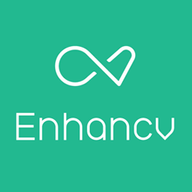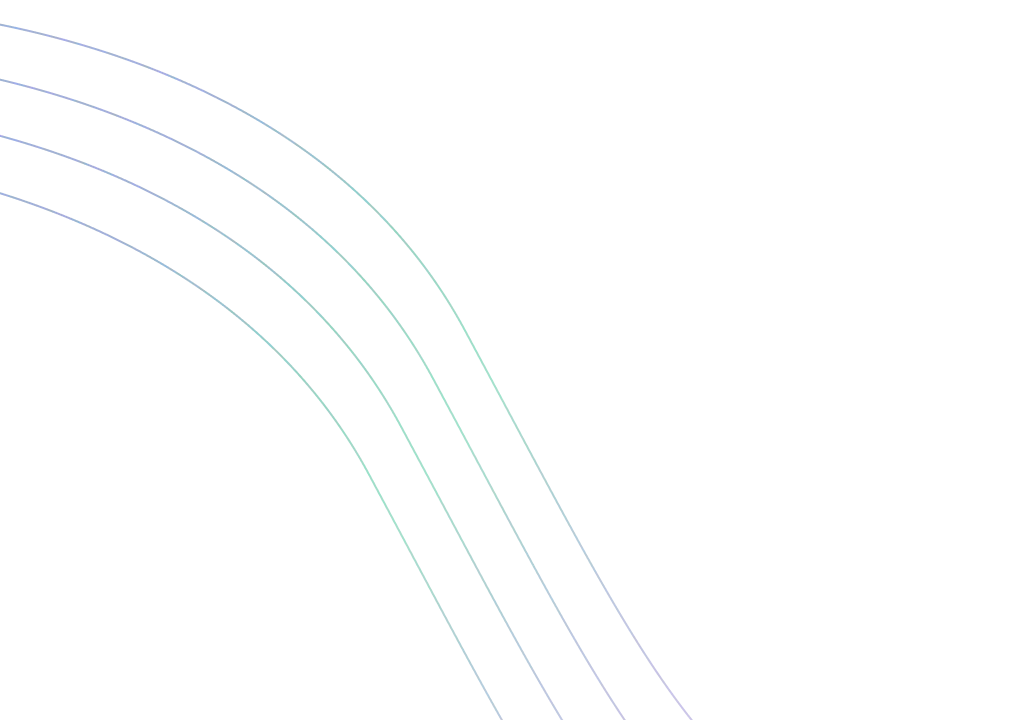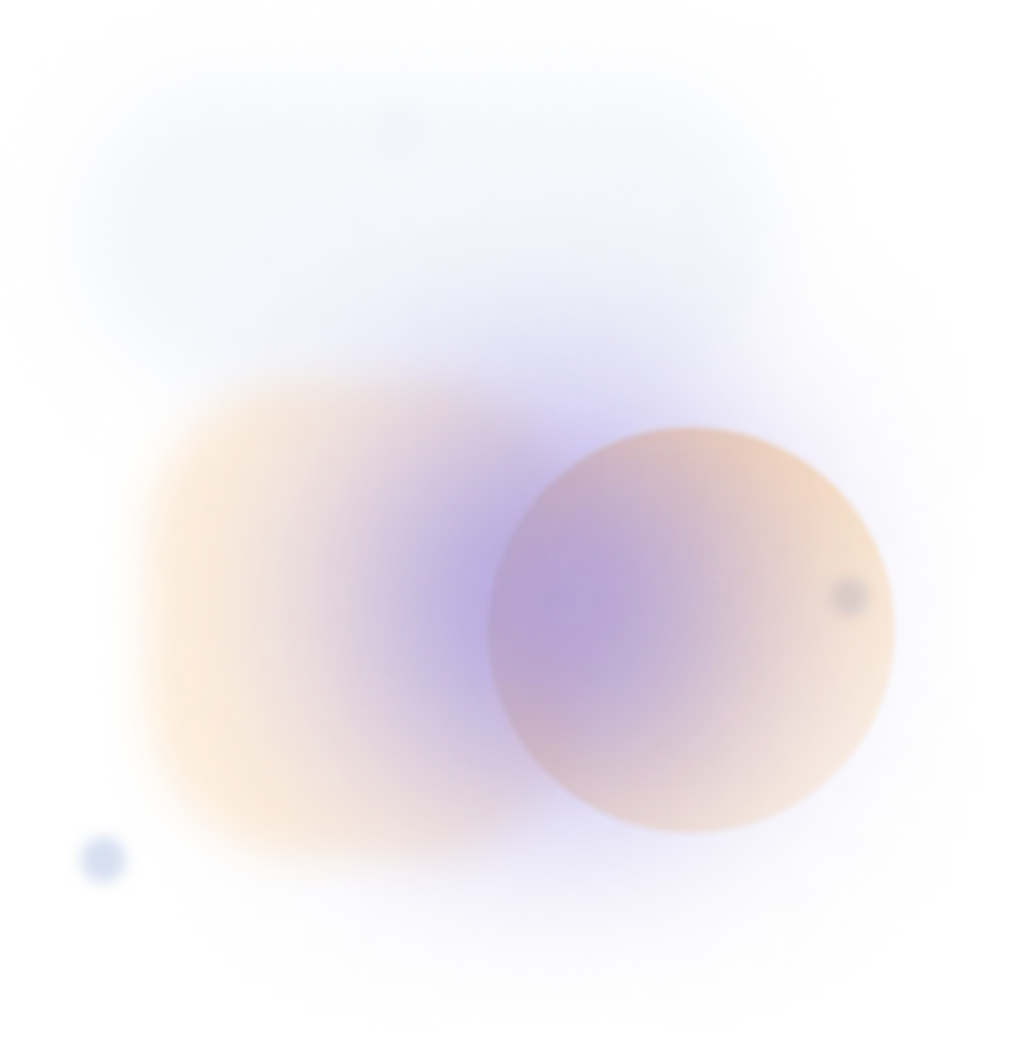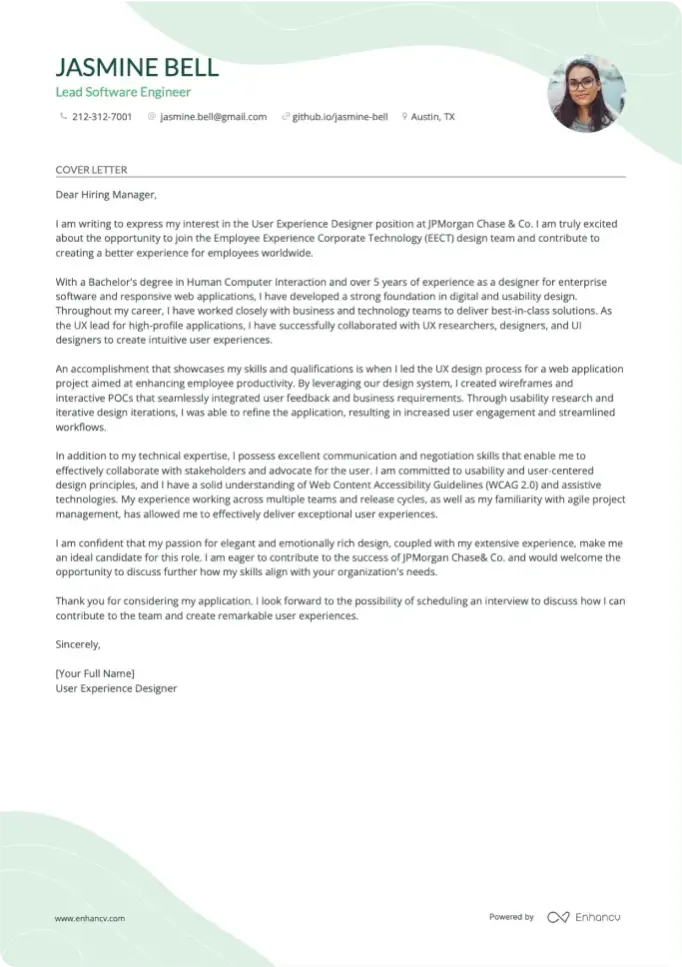Starting your game designer cover letter can seem daunting, especially if you've just begun job-hunting and realized it's a crucial submission requirement. Unlike your resume, the cover letter should not regurgitate your experiences. Instead, it's your chance to spotlight a significant professional triumph and take the reader on your journey to that success. Remember, a blend of formality and unique storytelling—minus the clichés—will stand out. And brevity is key: aim to keep it to one engaging page.
- Some inspiration from other professionals' job-winning cover letters;
- The best structure and format for your game designer cover letter;
- Insights on how to write about your best achievement to stand out;
- A creative twist on your game designer cover letter intro.
Upload your game designer resume to Enhancv's AI, which will quickly scan and prepare a job-winning cover letter for you.
If the game designer isn't exactly the one you're looking for we have a plethora of cover letter examples for jobs like this one:
- Game Designer resume guide and example
- Character Designer cover letter example
- Curriculum Designer cover letter example
- Product Designer cover letter example
- Industrial Design cover letter example
- Fashion Designer cover letter example
- Art Director cover letter example
- App Designer cover letter example
- Brand Designer cover letter example
- Packaging Designer cover letter example
- Digital Designer cover letter example
Drop your resume here or choose a file.
PDF & DOCX only. Max 2MB file size.
Game designer cover letter example
HENRY JACKSON
Denver, Colorado
+1-(234)-555-1234
help@enhancv.com
- Demonstrate specific achievements relevant to the role: Highlighting the successful development and user engagement statistics of 'Adventure Quest' showcases relevant experience and evidence of success.
- Connect past work to the potential employer's goals: Mentioning an interest in AI-driven narrative aligns the applicant's interests with the company's projects, showing a good fit for the company's innovative direction.
- Show an understanding of the company's values: Expressing admiration for the company's innovative spirit and commitment to interactive entertainment indicates the candidate has researched the company and understands its core values.
What are the basics of the design or format of your game designer cover letter?
To start, here's a reminder for you: the Applicant Tracker System (or software that is used to assess candidate profiles), won't be reading your game designer cover letter.
Recruiters enjoy reading game designer cover letters with a standardized format that uses:
- the same font as the resume (e.g. modern ones like Raleway or Volkhov are prefered over the clichéd Times New Roman or Arial);
- single spacing to keep the content concise and organized (this is all ready for you in our cover letter templates);
- a one-inch margin to wrap around the text, like in our cover letter builder;
- PDF as a file format, as it allows your design (and visual element) to stay the same.
Finally, we can't go on without mentioning the key sections of your game designer cover letter.
In the top one-third, make sure to include a header (with your contact information, name, role, and date), a salutation, and an introduction.
Next, follows the heart and soul of your game designer cover letter or its body.
End your game designer cover letter with a closing paragraph and, if you wish, a signature.
Too busy to write your cover letter? Let our free cover letter generator handle it in just a few clicks.
The top sections on a game designer cover letter
- Header: A professional header is essential as it includes your contact information, the date, and the details of the hiring manager, establishing the necessary formalities of a business letter.
- Greeting: A well-personalized greeting shows that you have done your research and are genuinely interested in the position at that specific game company, rather than sending out generic applications.
- Introduction: Your introduction should hook the reader by highlighting your passion for game design and any pertinent high-level experience or achievements that will set you apart from other applicants immediately.
- Body: The body of the cover letter should demonstrate your knowledge of game mechanics, storytelling, and technical skills, and provide examples of previous projects or collaborations that showcase your ability to design compelling games.
- Closing: The closing should reiterate your enthusiasm for the role, invite the recruiter to review your attached portfolio, and include a call-to-action that suggests a meeting or a conversation to discuss how your game design expertise aligns with the company's needs.
Key qualities recruiters search for in a candidate’s cover letter
- Strong understanding of game mechanics and player engagement: Demonstrates your ability to create compelling and enjoyable gameplay experiences.
- Experience with game design software: Shows that you can immediately contribute to the design process without needing extensive training on the tools commonly used in the industry.
- Portfolio of completed game projects: Provides concrete examples of your work, showcasing your creativity and ability to see a project through to completion.
- Knowledge of different game genres and platforms: Indicates your versatility and understanding of various player demographics and preferences.
- Ability to work collaboratively with multidisciplinary teams: Highlights your teamwork skills, which are essential in a field where artists, programmers, and designers must work closely together.
- Familiarity with player psychology and game monetization strategies: Reflects your understanding of how to design games that are not only fun to play but also have the potential to be commercially successful.
How to greet recruiters in your game designer cover letter salutation
As the saying goes, "You never get a second chance to make a first impression."
Write your game designer cover letter salutation to be more personalized to the actual hiring manager, who is set to assess your profile by:
- greeting them on a first-name basis, if you have previously communicated with them (e.g. "Dear Sam,");
- using their last name, if you have more formal communication or haven't spoken to them (e.g. "Dear Mr. Harrows" or "Dear Ms. Marshall");
- writing "Dear HR Team" or "Dear Hiring Manager", if you have no clue about who's recruiting for the role.
Search on LinkedIn, Google, or the company website to find information as to the recruiter's name.
In any case, avoid the impersonal "Dear Sir or Madam".
List of salutations you can use
- Dear Hiring Manager,
- Dear [Company Name] Team,
- Dear [Department Name] Department,
- Dear [Recipient's Title] [Recipient's Last Name],
- Dear [Mr./Ms./Dr.] [Recipient's Last Name],
- Dear [Job Title] Hiring Committee,
The game designer cover letter introduction: focusing on your unique value, with a creative twist
You are not the only one wondering how to start your game designer cover letter. Those first two sentences introduce your profile and should be memorable.
No pressure.
When beginning your game designer cover letter, immediately point out the unique value of working with you. In other words, what you promise to bring to the role by using your past track record of success.
Start your game designer cover letter with a creative twist by telling a joke or stating something relatable. Select this type of introduction only if it aligns with the company culture.
How to select your best achievement for the middle, or the game designer cover letter body
You probably feel exhausted by this point in your application: you've dived into all the details of your success and skills in your game designer resume.
What else can you include in your game designer cover letter body?
Well, for starters, the next three to six paragraphs should show you further value as a professional. Or, why should recruiters choose you?
Think back on a noteworthy achievement that answers key job requirements and dive deep.
Structure your game designer cover letter middle as you'd a story: following chronological logic and highlighting outcomes, thanks to skills.
At the end of the day, you'd want recruiters to be able to see you as the best candidate for the role and understand more about who you are and what makes your success unique (and valuable to the role).
Ending your game designer cover letter to avoid "sincerely yours"
Yes, this sort of closing statement may work best before your signature.
But you want to give recruiters something more with your game designer cover letter ending.
Some professionals choose to go down the path of promises. In a single sentence, they map out what they'd bring about to the role (whether that's a particular technical skill set or personal traits).
Others, decide to be more concrete by thanking recruiters for their time and prompting for their next interview.
Whatever path you choose, remember to always be polite and respectful of the opportunity you've had. Good manners go a long way.
Is it beneficial to mention that you have no experience in your game designer cover letter?
Lacking professional experience isn't the end of the world for your game designer cover letter.
Just be honest that you may not have had roles in the industry, but bring about so much more.
Like, your transferable skills, attained thanks to your whole work and life experience (e.g. the skills your summer spent working abroad taught you).
Or, focus on what makes you, you, and that one past success that can help you stand out and impress recruiters (think of awards you've attained and how they've helped you become a better professional).
Alternatively, write about your passion and drive to land the job and the unique skill set you would bring to enhance the workplace culture.
Key takeaways
Summarizing the most important aspects in writing your game designer cover letter, remember to:
- Create a personalized game designer cover letter for each role you apply for, that includes the recruiter's name in the salutation;
- Format your game designer cover letter with single-spacing, one-inch margins, and a modern, yet ATS-friendly font;
- Always start off your game designer cover letter with two sentences that reflect what is most important about your application;
- Your game designer cover letter body should feature your biggest accomplishments and the job-relevant skills it has taught you;
- Instead of opting for the "Sincerely yours" ending, close your game designer cover letter with a nod to the future with what you aim to achieve in this potential role.





